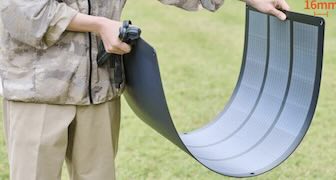FUKUOKA, Oct 25 (cointelegraph.com) - In Japan, the city of Fukuoka is looking toward the future of Web3 in its latest partnership with Astar Japan Labs, the company behind Japan’s leading blockchain, the Astar network.
Fukuoka is the country’s second-largest port city and has officially been designated as a National Special Strategic Zone. Now it also plans to become the country’s hub for all things Web3 and crypto.
The Astar Japan Labs partnership will allow both entities to work together on new use cases for Web3 technologies. Fukuoka joins more than 45 companies working with Astar, including Microsoft Japan and Amazon Japan.
According to the announcement, the city wants to attract global, competitive businesses to the area. Representatives from Astar will regularly visit the city to provide education and new use cases both locally and throughout the country in collaboration with local governments. ...continue reading















